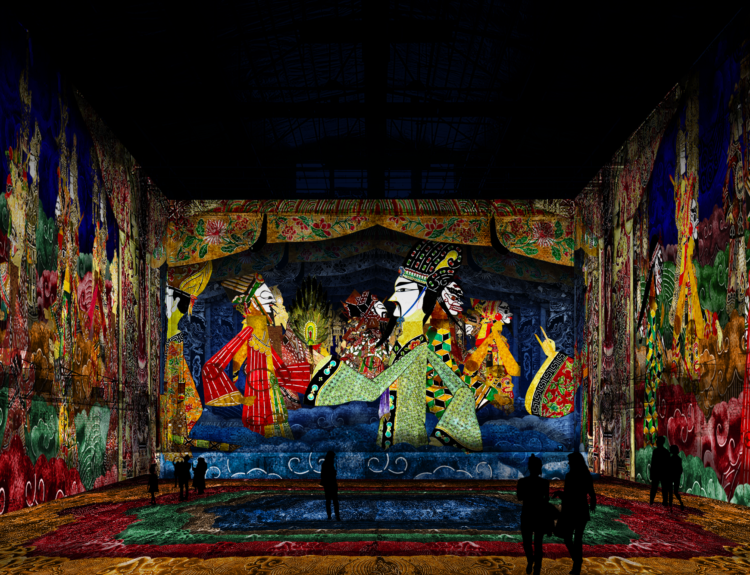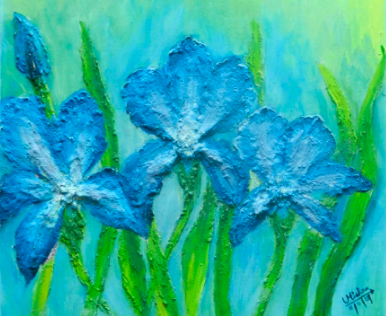Words by Hiranmayii Mohanan | Photograph by Max Vakhtbovych
There’s much ado about minimalism of late, especially with the emergence of Marie Kondo’s ‘The Life‑Changing Magic of Tidying Up: The Japanese Art of Decluttering and Organising’ and aesthetically pleasing tiny homes. Evidently, there’s a rich history to the practice of minimalism, dating back thousands of years and across various cultures and religions. Buddhists, for example, tend to shun material possessions and have for thousands of years, while the Danish’s hygge lifestyle, is a Scandinavian term encompassing a feeling of cosiness, contentment and well-being found through cherishing the little things. Then there’s the Japanese minimalism — thousands of years of tradition that have influenced their architecture and interior design and lives.
Slowly but surely, minimalism is seeing a resurgence around the globe. We list everything you need to know about this lifestyle below.
What is Minimalism?
Minimalistic living or lifestyle is pretty self-explanatory; it is essentially intentional living and ridding clutter from all aspects of your life (let’s face it; we have lots of clutter). While it has been practiced for centuries, minimalism didn’t become conventional until the 20th century, when writers, photographers, beatniks, architects, and most importantly artists embraced the idea. According to the New York Times, the realm of art spurred the minimalist movement in the world.
Guiding Principles of a Minimalist Lifestyle
One of the main guiding principles of minimalism is not allowing the things or the pursuit of things (like materialism) obstruct what truly matters to you. The best part of being a minimalist is that it doesn’t and shouldn’t cost you a cent. You shouldn’t be buying new things that have a certain minimalistic aesthetic. The best way to get started on this journey is to adapt the KonMari method by Marie Kondo and declutter. What this means is first determining your ideal and simplistic lifestyle. Then, commit to this vision by discarding items in your home that no longer add value or use. After you’re done decluttering, you can then organise what remains. We admit, it’s immensely tempting to want the contemporary and minimalist interior design of Scandinavian or Japanese homes in our own home but that goes against the principles of this lifestyle.
If you’re a beginner in embracing the minimalist lifestyle, it’s ideal to take baby steps and gradually work your way up so that the process doesn’t overwhelm you. Tackle the easy stuff first and save the harder items for later. Use the decluttering process to build your decision muscle and determine what you want and don’t want in your life. Over time, you’ll find yourself getting better at making intentional decisions, hence making intentional living easier.
Minimalism isn’t limited to things you own; it can extend to the projects you undertake, to-do lists, and responsibilities. When you limit distractions and remove the less vital projects, you would have more attention and time to finish the ones that truly matter. By removing the project clutter, you’re removing the distractions that prevent you from finishing anything at all.
Benefits of Minimalism:
Cleaning becomes easier
We have to admit, a messy space is uncomfortable and creates anxiety. It also makes us feel sluggish and unproductive. The fact of the matter is, when you have accumulated superfluous things like your 20th decorative item, cleaning your space takes a ridiculous amount of effort. That’s why you focus so much better in a cafe or library, because there are no personal possessions to tug at your focus. There’s also less pressure and stress to clean when everything is orderly. Remember, the idea of minimalism is to create a haven that is focused on functionality and as simple as possible.
Spend Less
It’s a given when you buy fewer clothes, unnecessary makeup products and go out less, you would find more money on your hands. Spending less on things you don’t really need will increase your savings and result in financial freedom.
Aesthetic satisfaction
A space free of clutter immediately exudes a clean and pleasing aesthetic. You can make use of your existing items such as plants or books to amp up the look of your space. However, if you’re at your wits end in terms of designing, seek inspiration from Pinterest, especially Scandinavian design which features functional beauty with white walls and simple lines.
You’ll Focus Better
According to Peter Walsh (Australian-American organiser), clearing the clutter in your physical space will go a long way toward clearing the clutter in your mind and relationships. Many people find that focusing on a task is easier when their vision is less distracted by the mess in the room or living area. There’s also a sense of mental clarity and relief when you’ve organised your closet or gone through the junk drawer in your kitchen (no judgement, we all have that one mess of a drawer).
Freedom
If you take a moment to truly look around your home and evaluate the number of possessions you have, it could be shocking. They are ascribed to impulse purchases, impressing people and retail therapy. “We buy things we don’t need with money we don’t have to impress people we don’t like,” said Dave Ramsey, financial advisor and New York Times bestselling author.
Besides material possessions, clutter exists in aspects such as our undertakings — overcommitting to work or events because you can’t say no or are afraid to disappoint someone. Look inwardly and ask yourself whether the things you have committed to are imperative. If it isn’t, start scaling back. Imagine the relief and freedom you would experience when you finally let it go.






